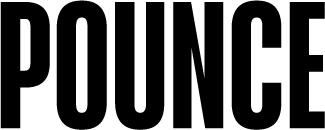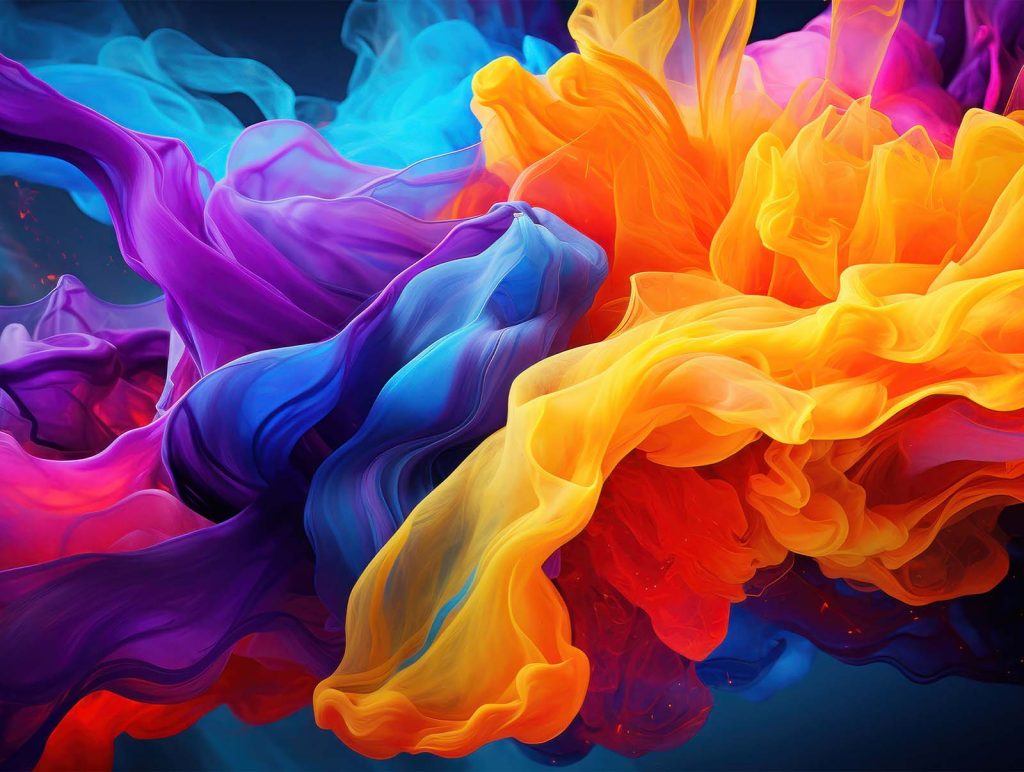Increasing awareness of your brand is vital to attracting customers. But measuring how your marketing impacts brand awareness isn’t so easy. Here’s a few tips.
Would people recognise your logo if they saw it? Could they tell their friends what your brand does without double checking online?
Brand awareness is all about how familiar consumers are with your company, and is the result of having a strong and recognisable brand.
It’s familiarity with your brand, which in turn breeds trust, and creates an effective selling environment.
When a customer stands in the supermarket aisle weighing up which of two similar products to get – one familiar, one not – that familiarity and recognition can be enough to swing the sale.
Think about the last time you bought something. Chances are you’d seen the brand before and you knew what they did. You may have even already researched their offering (as well as that of their competitors) beforehand.
Your purchase was informed by their brand and everything it represented.
So, it’s worthwhile spending the time and effort to develop your brand and increase awareness. But if you’re going to invest resources into brand awareness, you want to know your efforts and $$$ are generating positive results.
Here are some of the key metrics and tools you can use to first benchmark your brand awareness and then measure any improvements.
Brand mentions and media coverage
A great way to start is by simply tracking how often your brand is mentioned online. If you’ve hired a public relations firm to get your name out there, this is also a great way to determine if their efforts are effective.
This metric should cover all searchable online mentions including:
- Blog posts
- Public social media posts
- Website mentions and backlinks
- Media coverage
Finding mentions of your business online also helps you to discover what people are saying about you. If the conversation is positive, your marketing is working. If not, the comments might reveal opportunities to improve your services and refine your marketing message..
What to use
Google Alerts: Type your brand name into Google Alerts and you’ll be prompted every time it’s mentioned online. While this isn’t the most advanced tool to track online mentions, it’s free and easy to use.
Mention: A step up from Google Alerts, Mention tracks forums, blogs, social media and other searchable pages for mentions of your brand – letting you know via push notification. You can also track mentions of your competitors to compare your results against as well as glean insights into their marketing and communications activities.
Social media reach
Your social media followers – like the number of people following your LinkedIn or Facebook Pages – are another indicator of brand awareness. Track how certain events or promotions such as a large sale or social media campaign affect this number and adjust your approach to get better results.
But while an increase in followers is certainly a good thing, it’s not necessarily a like-for-like indicator of brand awareness. Many of us will follow hundreds if not thousands of people. How many people and brands do you follow on social media that you rarely if ever interact with? Chances are most of us follow some brands on social media that we wouldn’t recognise if we saw their logo out in the wild.
Therefore, like leads, quality matters more than quantity. What matters is how many of your followers actively engage with your brand – which is where the following metrics come in:
- Engagements per post: How many likes, comments and reactions do your posts attract?
- Re-shares: How many people go on to share your posts with their followers?
- Website referrals: How many website visitors click through from social media?
- Website referral quality: How does their bounce rate and engagement on site compare to other site visitors?
- Conversions: How many visitors from social media make a purchase?
While the scale of your reach on social media is important, the quality of your interactions and the level of engagement with your brand is more valuable to your bottom line.
What to use:
Platform specific analytics: Platforms like Facebook, YouTube and LinkedIn provide you with a few analytics to measure activity on your business Page or channel. While these are (usually) free, the obvious drawback is it’s harder to get a picture of your overall social media presence – particularly if you also use channels without handy analytics tools.
Social media management tools: Third-party platforms like Hootsuite and Buffer allow you to manage, schedule and track all your social media platforms in one place. And with analytics tools baked in, you can monitor key metrics and track your progress as the weeks and months go by.
Direct website traffic
One of the simplest ways to measure changes in brand awareness over time is to measure the amount of direct traffic to your website – that is, people who’ve typed your URL directly into their browser.
People who actively seek out your site are clearly aware of your brand and are likely to have a genuine interest in your business. If they’re not already familiar with who you are and what you do, they probably want to be.
If you use print or billboard advertising, this metric might be one of your strongest indicators of the campaign’s effectiveness.
What to use:
Google analytics: Your direct traffic is displayed on the results page below organic search.
Hotjar: This program allows you to view heat maps showing where users go on your site, recordings of real site visitors, analysis of conversion funnels and forms and much more. All of these metrics help you to better understand how customers interact with your brand and your website.
Marketing by numbers
The old saying goes that numbers never lie. But that doesn’t mean they always reveal the whole truth either.
It’s worth remembering that each of the metrics we’ve covered aren’t actually measures of brand awareness. They’re measures of whatever the metric is tracking: followers, Likes, website visits.
The reasonable assumption is that your brand awareness must be growing if the number of social media followers, online mentions or website visits is growing. Someone needs to know who you are to click the follow button or mention your brand.
But that assumption no longer stands up if you stop treating these metrics as the results of brand awareness and instead start treating them as levers to generate brand awareness – as goals in themselves.
Boosting followers or likes isn’t the same as boosting brand awareness. Place too much weight on social media engagement, for example, and you might want to create posts designed to boost those likes and shares. But a social media post might attract thousands of likes without even a flicker on your bottom line.
Brand awareness is a nebulous thing. You may as well try to measure smoke. Which is why you need to clearly define what brand awareness means in the context of your business, selecting and prioritising your metrics accordingly, without ever losing sight of the bottom line.





